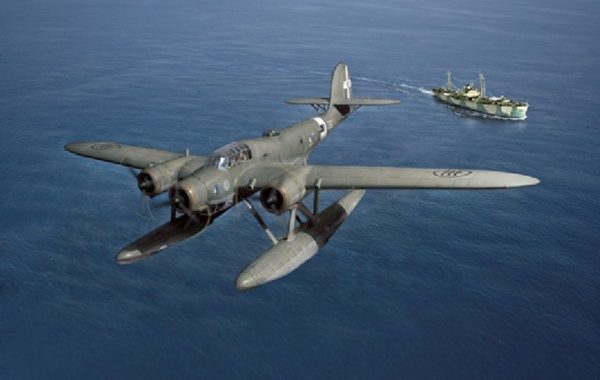Interesting Facts about the CANT Z.506 Airone aka Heron; World War II Reconnaissance Aircraft
The aircraft for today is the CANT Z.506 Airone aka Heron which was developed by the company named CANT (Cantieri Riuniti dell ‘Adriatico) in Italy back in 1936 their three-engine floatplane. This aircraft served its roles as the postal and the transport aircraft for the Italian airline company known by the name Ala Littoria. The … Continue reading Interesting Facts about the CANT Z.506 Airone aka Heron; World War II Reconnaissance Aircraft
0 Comments
